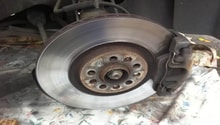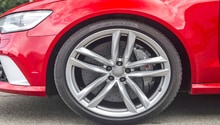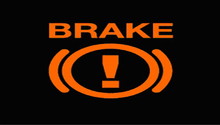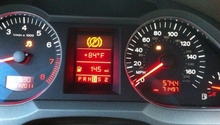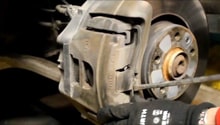Audi Q5: Brakes Diagnostics Guide
Audi uses a complex and highly advanced system of calipers, lines, ABS control and a master cylinder, all to insure your Q5 stops and handles like the fine German machine it was meant to be. If your foot encounters a less than firm pedal, or there are bad noises, you need to sort it out ASAP.
This article applies to the Audi Q5 (2009-2016).
Does your brake pedal feel different? Is your Audi Q5 not stopping as well as it used to? There are various components that could go wrong and affect your braking performance and feel. Some parts are designed to be replaced every 30,000 miles, and others may last the life of the vehicle, or may suddenly fail. Whether you feel a spongy brake pedal, hear a squeak when you brake, or you simply get the impression that your car isn't responding to the brakes as well, this guide will help you find the problem.

Materials Needed
- Flashlight
- Jack and jack stands
- Tire iron
- Socket and ratchet set
Step 1 – Check brake fluid and master cylinder
It could be low or contaminated.
The brake fluid in the master cylinder can tell you a lot about the problem. Check for proper brake fluid level and make sure the fluid is clear to golden in color, and not spotted or brown. If the brake fluid is lower than the max line, there may be a leak, or your pads may just be very worn, requiring more fluid to displace the pistons. Check around the master cylinder for damp spots, then use your flashlight to check under the car. Inspect all the brake lines, and especially the connections between each line and the connections on each brake caliper. Check for signs of fluid leaking from the caliper pistons and getting on the back of the tires, or inside of the rims. If you do find a leak anywhere or a bad line, replace it, then bleed your brake system of any air.
If after you've bled the system your pedal still feels spongy, that could be a sign your master cylinder is bad. A bad master cylinder won't keep pressure with your foot on it, and it may also leak down into the brake booster.

If the brake fluid level is proper, proceed to Step 2.
Related Articles
- How to Replace Brake Fluid - AudiWorld
- How to Replace Brake Master Cylinder - AudiWorld
Step 2 – Check brake pads
They could be worn.
Worn brake pads is nothing to be concerned about, as they are designed to wear sacrificially in order to keep the discs themselves from wearing much. The longer you wait to replace your brake pads when they get like this, the more likely your brake rotors will get worn, which will cost you hundreds of dollars more, especially if you wait until its just metal on metal. Worn brake pads will usually come accompanied by squealing or scraping sound, especially as the car comes to a complete stop. As it gets more worn, the squealing will happen even if you are not using the brakes. The minimum thickness for brake pads is one millimeter of friction material, but anything less than three millimeter should be replaced. Raise your car and remove the wheel, then remove the two bolts on the back of the brake caliper. Lift the brake caliper off of the rotor, then inspect the brake pads. If they are too thin, replace them as a set, both front wheels, or both rear wheels at a time.
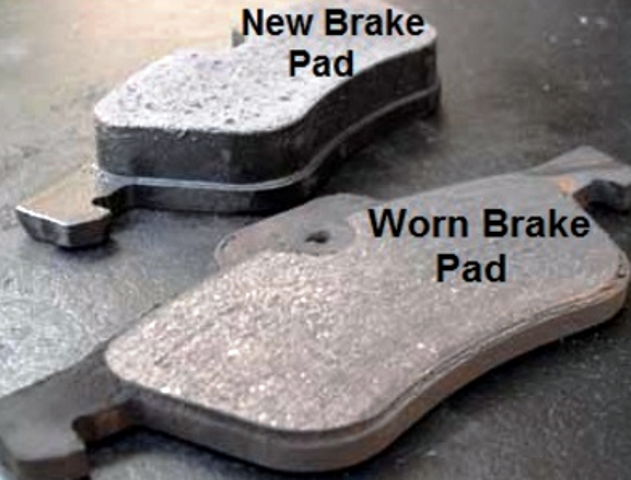
If your brake pads are thick enough, proceed to Step 3.
(Related Article: How to Replace Brake Pads, Rotors, and Calipers - AudiWorld)
Step 3 – Check brake rotor
It could be warped, grooved, or cracked.
The brake rotors should be replaced every third brake pad replacement. However, this could change depending on how you drive, how the weather is where you drive, and why type of brake pads you use. With the caliper off, visually inspect the rotor for any grooves, cracks, or rust. Typically, rotors won't rust on a car that is driven regularly, but if you live in a damp, salty environment, they can get surface rust on them in a matter of days if not driven. A cracked rotor can make a sound like a clicking when the brakes are applied, or it can pulse and shudder, the way a warped rotor would. Other times, a bad rotor will make a scraping noise, or a rumble like a bad wheel bearing. Luckily, replacing them is easy once you take off the caliper.
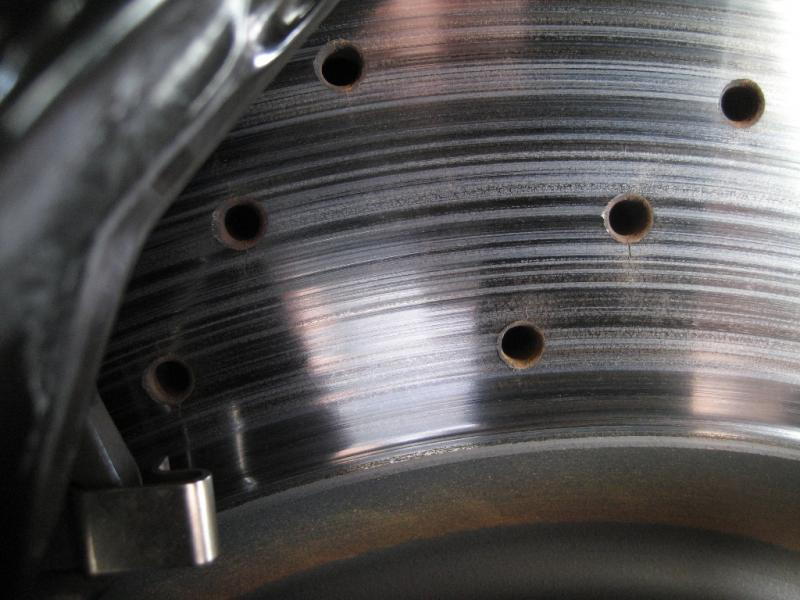
If the rotors are in good shape, proceed to Step 4.
Step 4 – Check brake calipers
It could be sticking.
The brake calipers are not known to need replacement; however, they can go bad and stick either with the pads dragging, or with the pads not touching the rotor at all. If you feel like your brakes are constantly being applied, if you smell a burning smell, or if you hear consistent friction noise, your caliper's pistons could be sticking. This problem is best fixed quickly, because the longer you wait, the more you wear your pads and rotors. Replacing the caliper requires a swapping the brake line, then a whole brake system bleeding. The rear calipers also feature an electro-mechanical parking brake, which can fail if it shorts, or can stop working entirely on one wheel, but it is a separate piece, though mounted to the rear calipers.
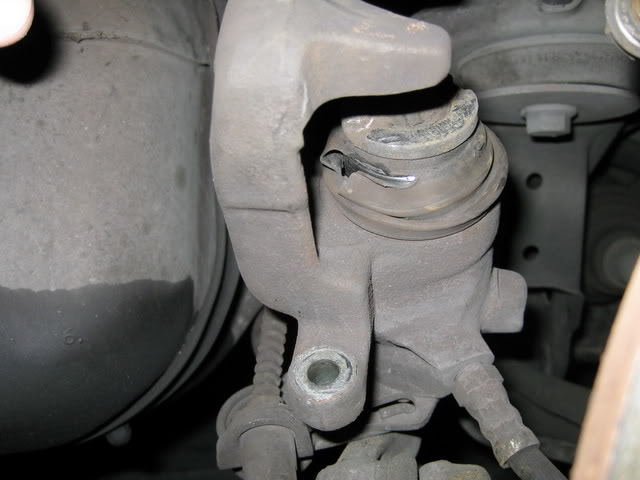
Related Discussions
- Spongy Brakes - AudiWorld
- Brake Warning Light - AudiWorld
- Squeaking Brakes - AudiWorld


